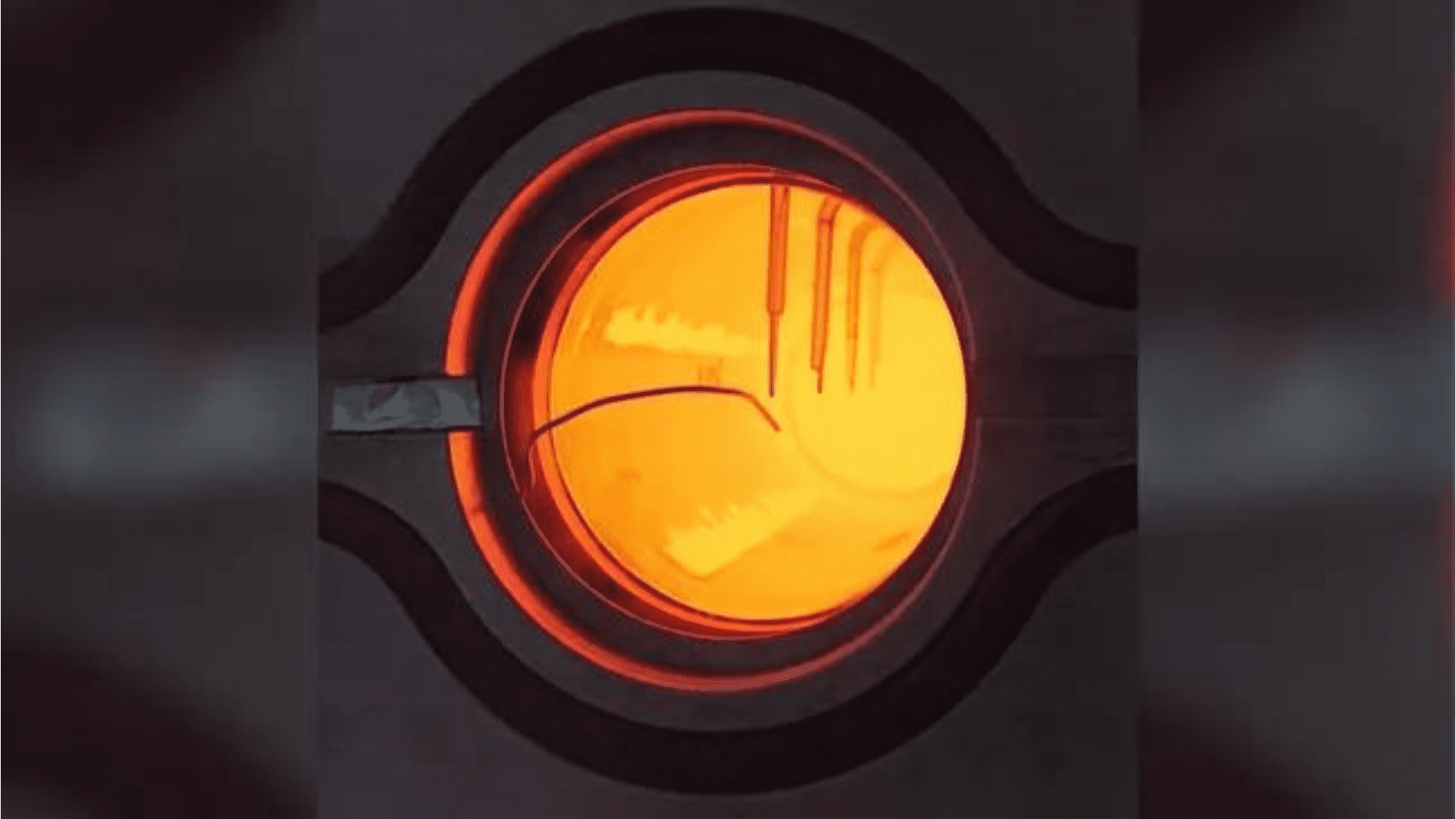Researchers in Switzerland want to use heat from the sun instead of burning fossil fuels in steel production. They discovered a way to trap solar heat to produce cleaner energy for carbon-demanding industries.
Explore Tomorrow's World from your inbox
Get the latest science, technology, and sustainability content delivered to your inbox.
I understand that by providing my email address, I agree to receive emails from Tomorrow's World Today. I understand that I may opt out of receiving such communications at any time.
Trapping the Sun’s Heat

The researchers published a proof-of-concept study in the journal Device on May 15. The study uses synthetic quartz to trap heat from the Sun at temperatures over 1,800 degrees Fahrenheit. Trapping this much heat from the Sun demonstrates the device’s potential to produce a cleaner alternative for carbon-intensive industries.
“To tackle climate change, we need to decarbonize energy in general,” said corresponding author Emiliano Casati of ETH Zurich, Switzerland. “People tend to only think about electricity as energy, but in fact, about half of the energy is used in the form of heat.”
Engineers need several crucial materials for building infrastructure. For example, glass, steel, cement, and ceramic are used in everything from car engines to skyscrapers. However, manufacturing these materials requires temperatures over 1,800 degrees Fahrenheit. Getting to these extreme temperatures demands burning fossil fuels. As a result, these industries account for about 25% of global energy consumption.
Using solar heat as a cleaner alternative is not a new concept. Researchers explored this concept using solar receivers that use thousands of mirrors to trap the Sun’s heat. However, the technology struggled to capture enough heat required for manufacturing the essential materials.
Trapping More Sunlight

Casati and his team turn to semitransparent materials to crank the heat and boost the solar receiver’s efficiency. One such material is quartz. These materials trap sunlight, a phenomenon known as the thermal trap effect. They used a synthetic quartz rod to trap the incoming solar radiation. Then, they attached it to an opaque silicon disc that absorbed the heat from the crystal.
The light shined through with the intensity of 136 suns. When this happened, the absorber plate climbed up to 1,922 Fahrenheit. At the same time, the quartz rod stayed at 1,112 F. Comparatively, studies before that didn’t use synthetic quartz, only 338 Fahrenheit using the thermal trap effect. Researchers also tested different liquids and gases that trap heat and reach even higher temperatures.
The team wants to use this technology on a larger scale, which would increase the device’s chances of being adopted across several industries.
Casati said, “Solar energy is readily available, and the technology is already here. To really motivate industry adoption, we need to demonstrate the economic viability and advantages of this technology at scale.”







